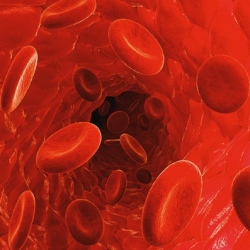
Nanoengineers at the University of California, San Diego have developed a gel filled with toxin-absorbing nanosponges that could lead to an effective treatment for skin and wound infections caused by MRSA (methicillin-resistant Staphylococcus aureus), an antibiotic-resistant bacteria.
To make the nanosponge-hydrogel, the team mixed nanosponges, which are nanoparticles that absorb dangerous toxins produced by MRSA, E. coli and other antibiotic-resistant bacteria, into a hydrogel, which is a gel made of water and polymers. The hydrogel holds the nanosponges in place so that they can remove toxins at the infected spot
“We combined the strengths of two different materials, nanosponges and hydrogels, to create a powerful formulation to treat local bacterial infections,” said Liangfang Zhang, nanoengineering professor in the Jacobs School of Engineering at UC San Diego, who led the team.
“Nanosponges alone are difficult to use on local tissues because they diffuse away to other parts of the body very quickly. By integrating the nanosponges into a hydrogel, we can retain them at the site of infection.”
Since the nanosponge-hydrogel treatment does not involve antibiotics, the researchers say that it will not likely be affected by existing bacterial antibiotic resistance. Also, because antibiotics are not involved, the treatment will likely not cause bacteria to develop new resistance.
This work is a follow-up to a study that the team presented in Nature Nanotechnology in 2013. The previous study showed that nanosponges absorbed harmful bacterial toxins in the bloodstream and drew them away from their real targets: red blood cells. In this new study, the team reports that removing bacterial toxins could potentially lead to clearing up antibiotic-resistant bacterial infections.
